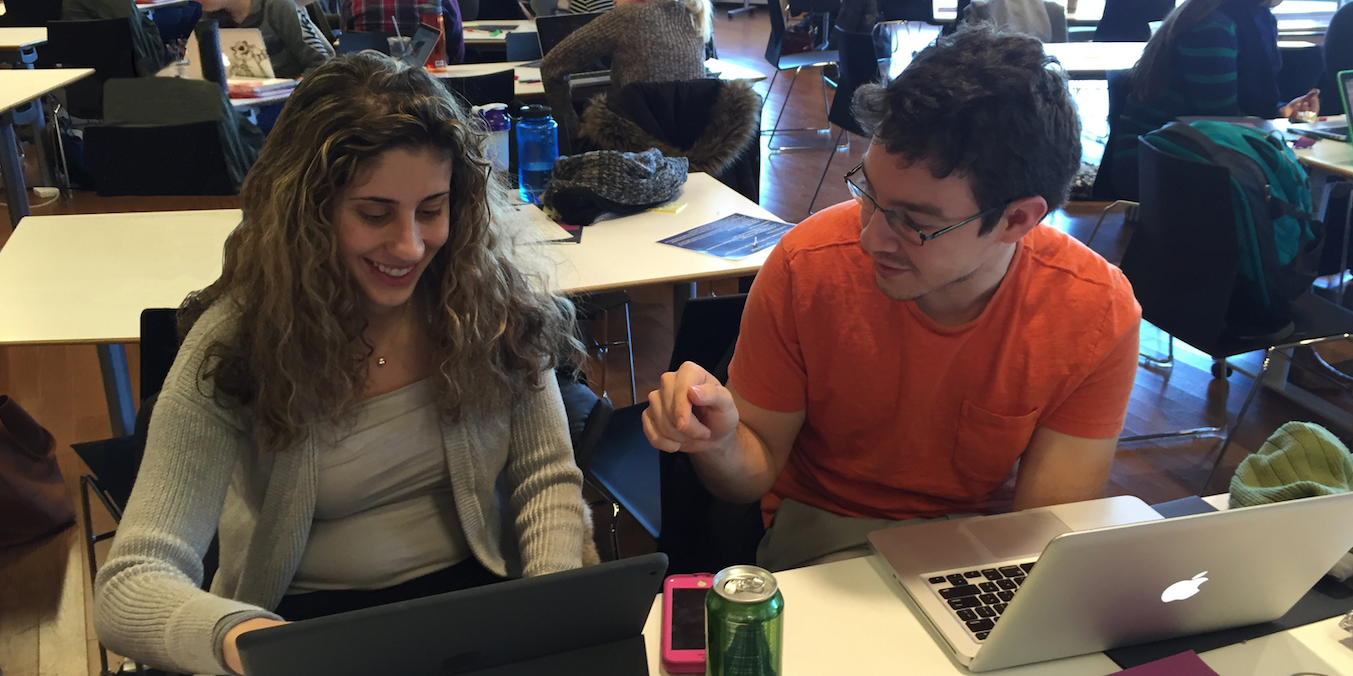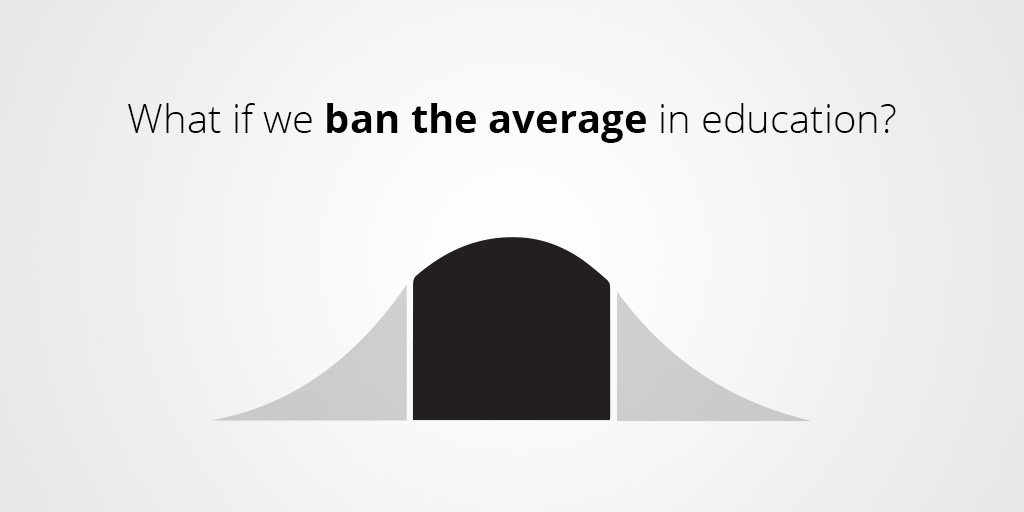Best Practice
Boston Public Schools Partners with Goalbook to Realize Rigor for All Students
Participants Report Significant Growth in Their Ability to Differentiate Cognitively Demanding Instruction.

|
|
by Ryan Ingram March 9, 2016 |
The difficulty in implementing rigorous learning tasks is due in large part to the myth that they are inherently difficult—and therefore exclusive—to only high-achieving students. Experts in the field, however, will argue that rigorous learning is inherently inclusive.When the state standards and accountability movement began in the 1990’s, it was conceived as a way to make learning more rigorous in K-12 curricula in an effort to close the college and job readiness gap. In its most recent iteration, schools and districts have found the new state standards difficult to implement because of the perception that more rigorous learning equals harder tasks. This challenge was reflected in teachers’ perception of CDT’s prior to the training Goalbook led, as only 28% indicated they were comfortable with planning and implementing CDT’s in their classrooms.
Best Practice
Designing on the Edge
Instruction that Addresses the Variability of Learners in Today's Classrooms

|
|
by Justin Su August 20, 2015 |
We are steadily moving away from the vision of the normal curve, where ‘average students’ can be counted upon to experience curriculum and to act in an ‘average’ way. We now know that variability is the rule both within and between all individuals.Rose’s call to “ban the average in education” is not an arbitrary call to reject concept of “average”; indeed, his proposal is founded upon the variability inherent in the way people learn. A thorough examination of the architecture and behavior of the human brain led Anne Meyer, David Rose, and David Gordon of CAST to observe “We are steadily moving away from the vision of the normal curve, where ‘average students’ can be counted upon to experience curriculum and to act in an ‘average’ way. We now know that variability is the rule both within and between all individuals.” Ultimately, they conclude, “variability is a natural thing — an asset, not a liability.” [1] While each learner is different, researchers have identified patterns in the ways in which individuals learn. Optimizing the delivery of instruction for individual learners – those on the edge – ensures learning is meaningful for all students. When we vary the ways in which information is presented to students, create a range of opportunities for students to demonstrate their learning, and engage students in authentic learning experiences, we create multiple means of access to high levels of learning for ALL students.
1. Meyer, A., Rose, D.H., & Gordon, D. (2014) Universal design for learning: Theory and practice, Wakefield MA: CAST
